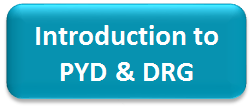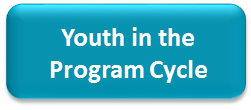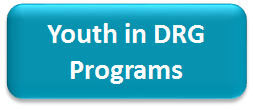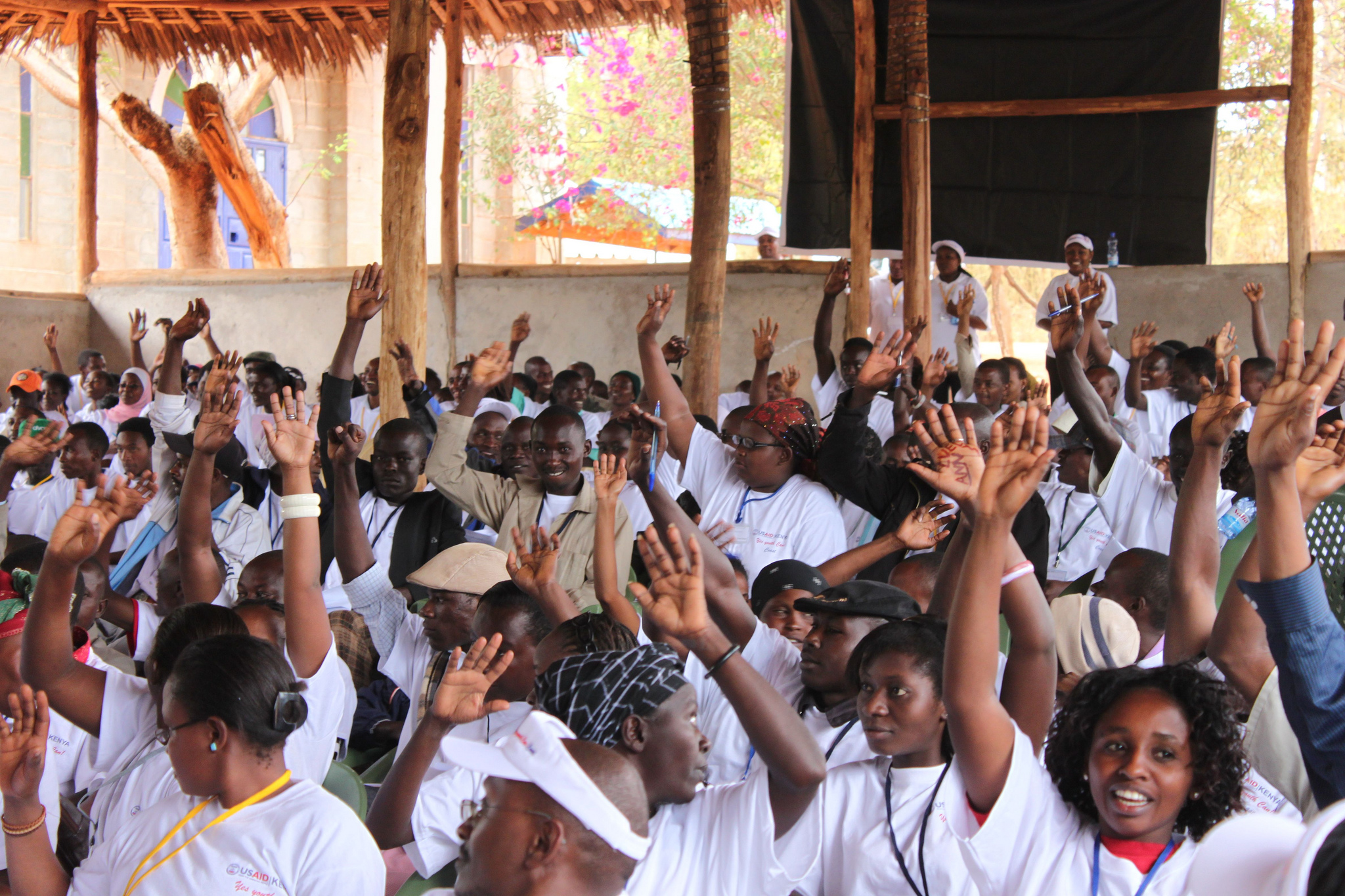
Guide to Youth in Democracy, Human Rights, and Governance Programs
Introduction
This toolkit contains modules on how to integrate youth effectively into the following ten DRG sub-sectors: 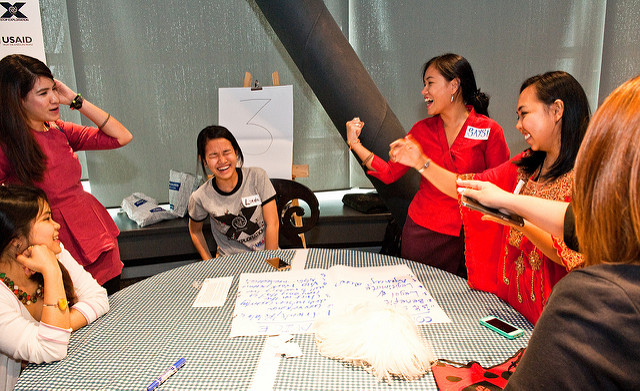
1. Civil Society: focuses on inclusive participation of diverse youth to engage and advocate for their interests in political processes, including providing an enabling environment for youth to thrive.
2. Human Rights Protection and Promotion: discusses ideas and guidelines for human rights education for youth; human rights can also be incorporated into programming cross-sectorally.
3. Rule of Law and the Justice Sector: concentrates on programming that is responsive to youth and other marginalized identities, within a variety of justice systems, fosters greater equality and empowerment, access to justice, and promotion of human rights, which in turn helps further inclusive democracy.
4. Legislative Strengthening: focuses on programs that empower legislators who value the assets and contributions of young people, to increase the election of young legislators, and to ensure that legislatures are youth sensitive in both their work and as institutions is critical in creating stronger, more inclusive legislative bodies.
5. Local Governance and Devolution: posits that redistribution of power has the potential to empower citizens by stimulating greater participation in the political process, more effective provision of public services, and more responsive government; this section highlights special considerations for including youth and other marginalized groups.
6. Political Party Development: identifies and problematizes formal and informal barriers that often exclude youth and other marginalized communities from meaningful participation and leadership in political parties.
7. Electoral Processes: highlights that in order to improve youth representation in public decision-making and the electoral process, it is necessary to dismantle formal and informal barriers to the full electoral participation of young women and men.
8. Anti-Corruption Accountability: expands on solutions to the problem that young people - particularly from marginalized groups - are disproportionately affected by corruption; this deepens the power gap between public officials and vulnerable communities.
9. Reconciliation, Peacebuilding, and Transitional Justice: highlights that children and youth often have fewer resources than adults to protect themselves, frequently comprise the majority of internally displaced and refugee populations, and are often targets of violence, including sexual abuse and forced recruitment. Peacebuilding and transitional justice must take these different experiences into account to effectively deliver justice, redress harm, and rebuild society.
10. Media, Information, and Communication Technologies (ICTs): taking steps to strengthen independent media and create more inclusive means of media production and consumption represents an important step in promoting youth, inclusion, and equality, and furthering inclusive and transparent democracy in support of USAID’s DRG Strategy.
Explore the toolkit:
What is Positive Youth Development?
What is Inclusive Development?
Models for Integrating Youth
Cross-cutting Considerations
- Civic Participation
- Youth Organizations
- Youth Leadership
- Example Program Types and Theories of Change
Entry Points for Youth Integration into the Program Cycle
Country/Regional Strategic Planning
Project Design and Implementation
Activity Design and Implementation
Monitoring and Evaluation
Guide to Youth in Democracy, Human Rights, and Governance Programs
1. Civil Society
2. Human Rights Protection and Promotion
3. Rule of Law and the Justice Sector
4. Legislative Strengthening
5. Local Governance and Devolution
6. Political Party Development
7. Electoral Processes
8. Anti-Corruption and Accountability
9. Reconciliation, Peacebuilding, and Transitional Justice
10. Media, Information, and Communication Technologies (ICTs)


